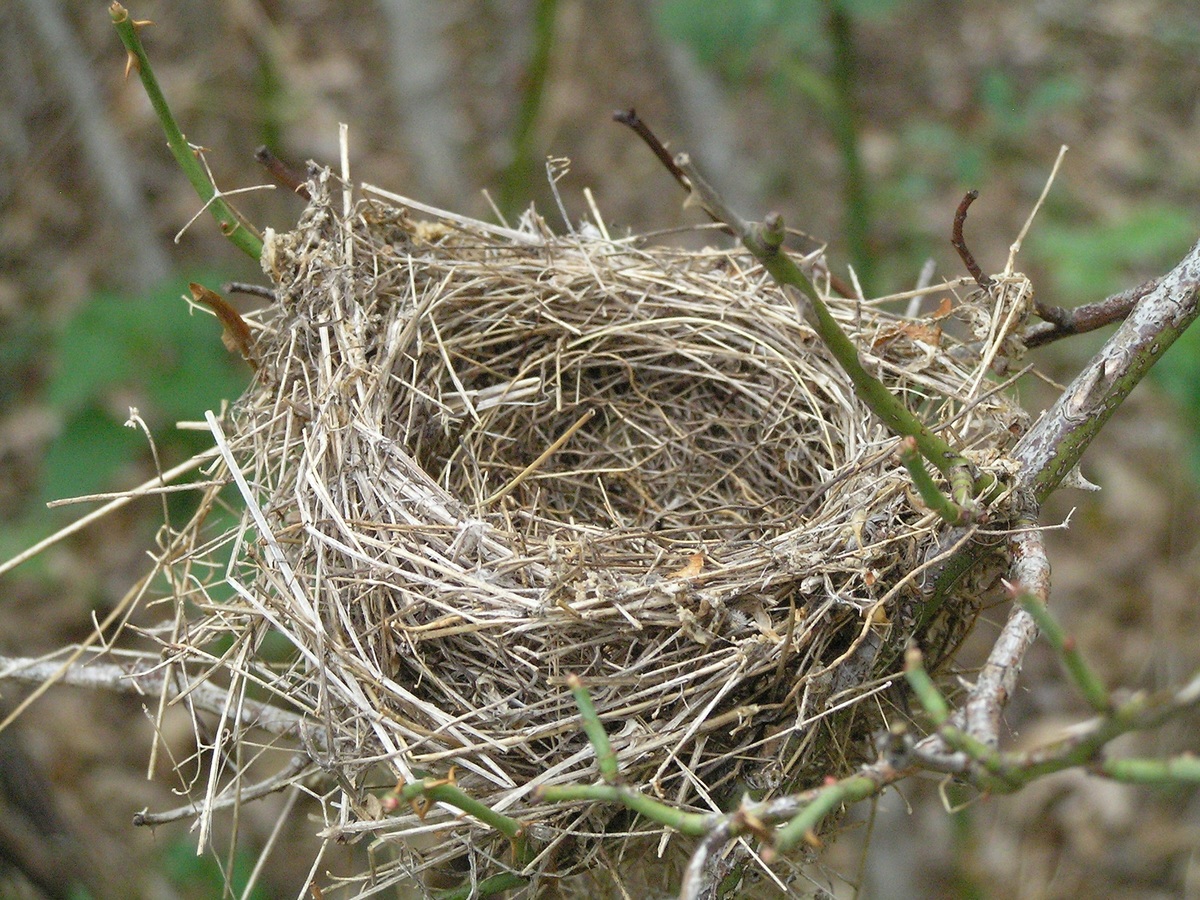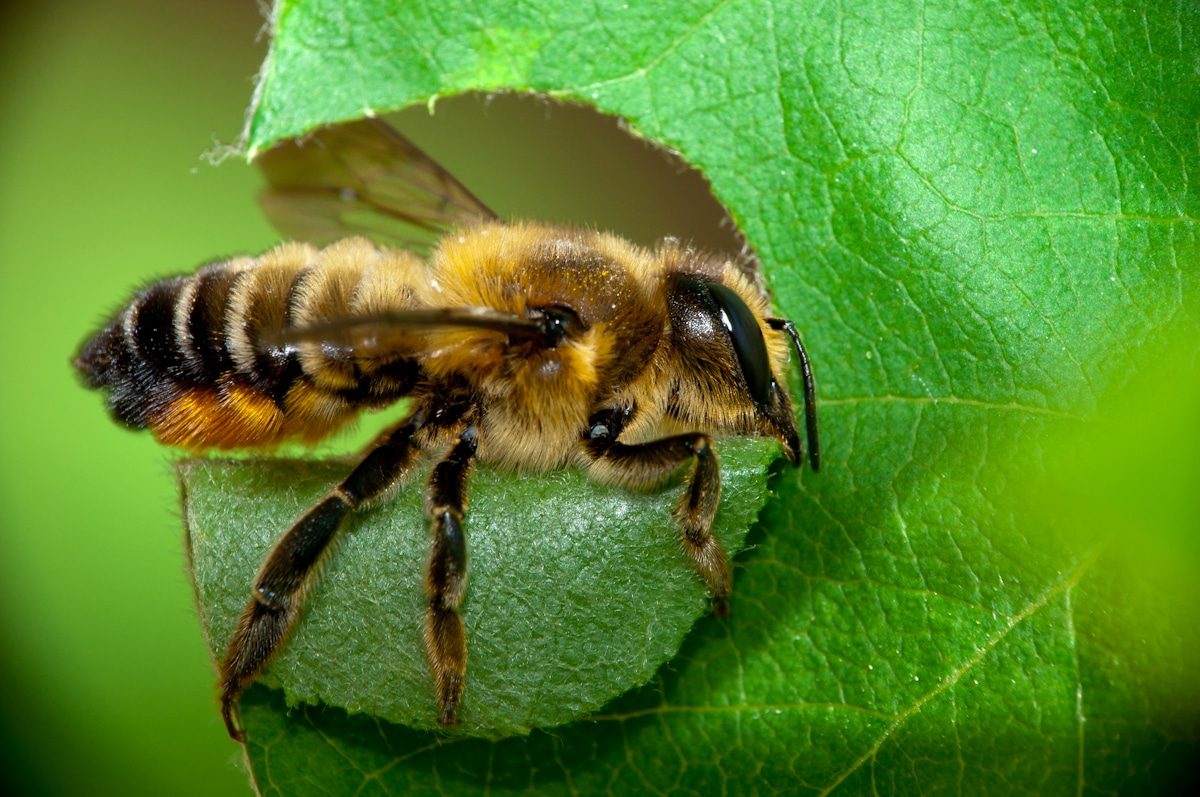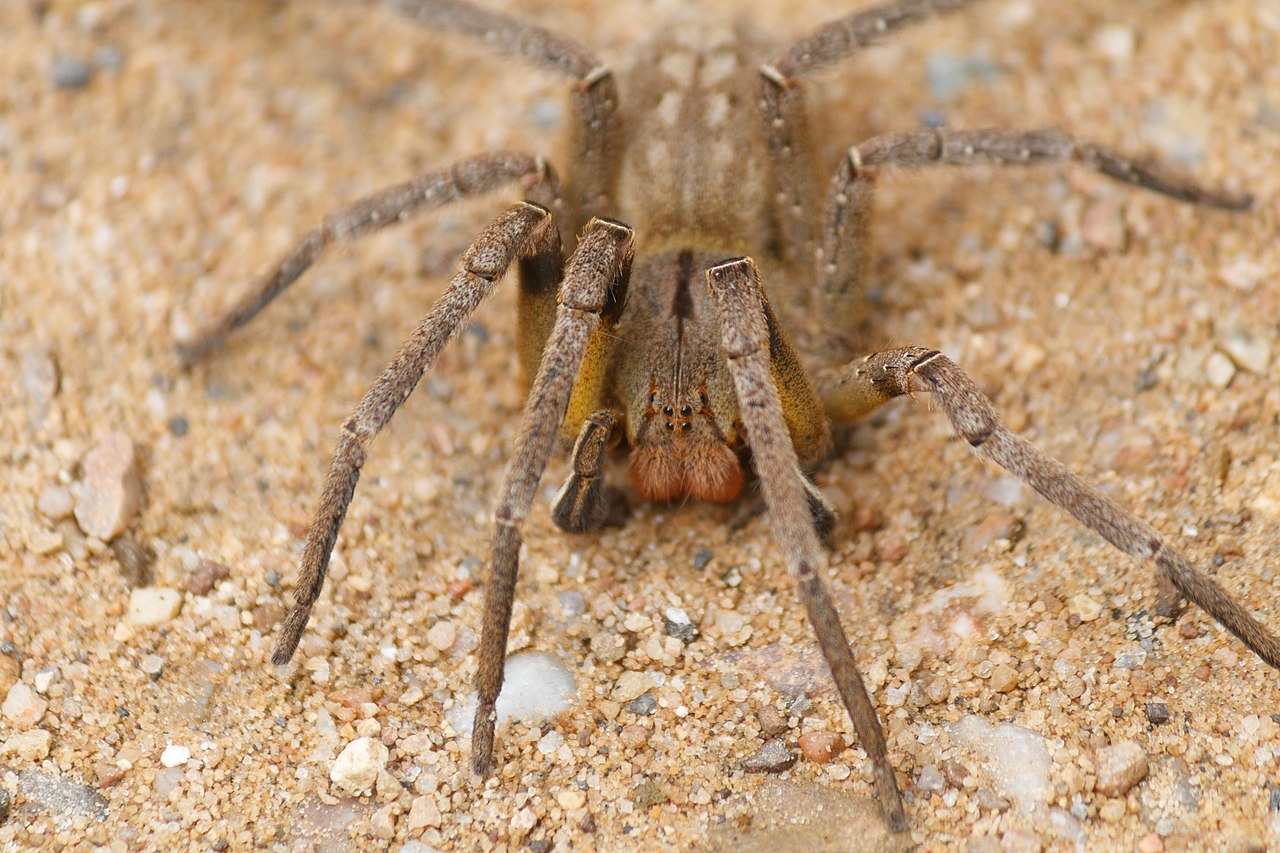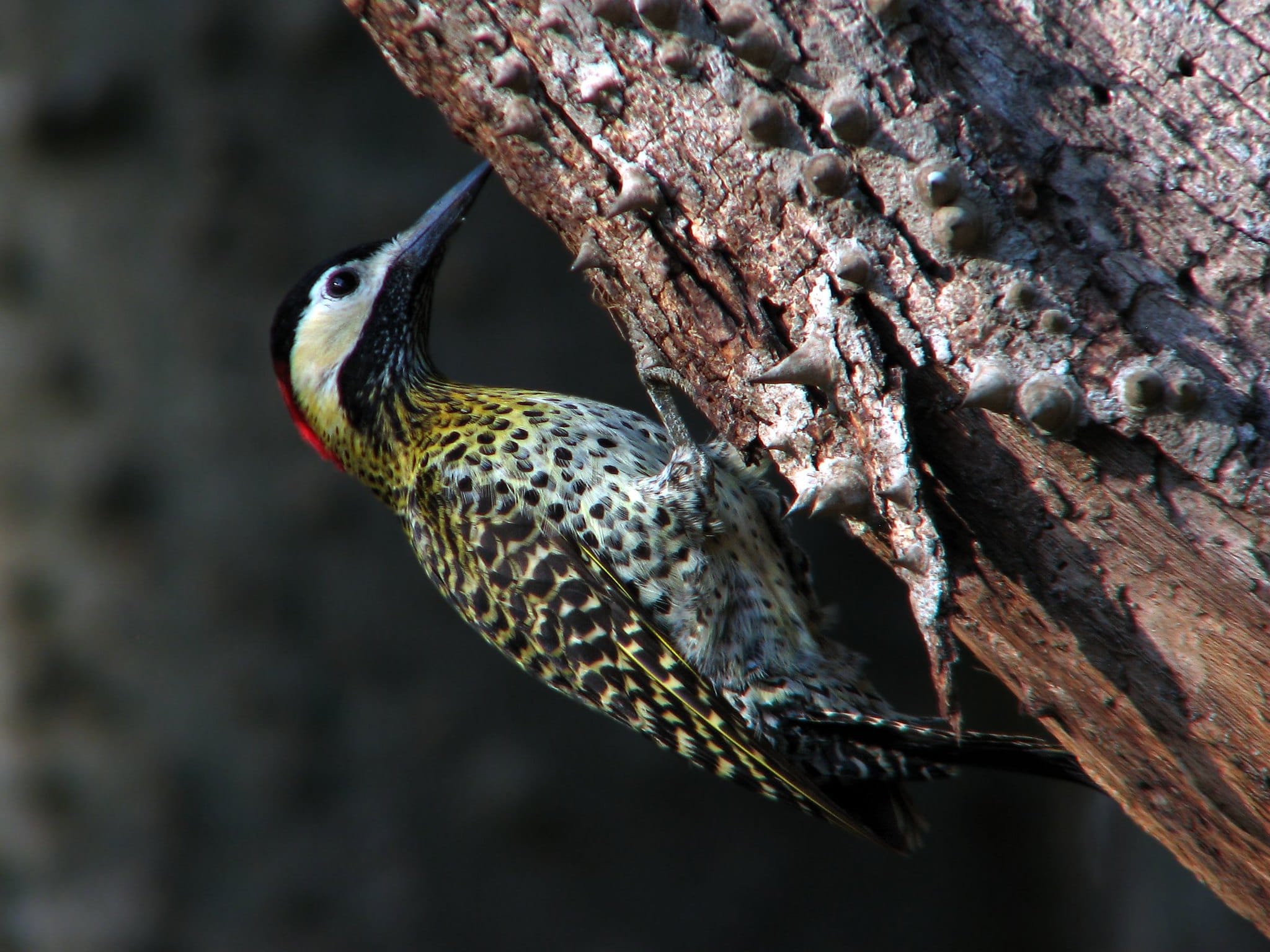
El tenantism it is a relationship between two beings of different species that may or may not obtain some benefit, but also some harm. It is much more common to occur in animals and not so much in plants, but believe me if I tell you that the examples that I am going to mention are curious to say the least.
Within the Plant Kingdom we find plant species that have established a relationship with some microorganisms, such as fungi, and even with some insects. It may seem a bit strange, since these are precisely two types of living beings that usually cause the most damage, but in reality, not all of them are your enemies.
What is tenancy?
In order to understand what tenancy is, you must first know that a tenant is a being that lives inside another, and that feeds on what it finds, namely: roots, leaves, fungi, ... This relationship often means that a tenant is thought to be a parasite, but the main difference between the two is that the latter will always harm its guest and could even kill him, while the tenant could cause the odd one. damage, but not to the point of seriously weakening it.
Examples of tenancy between plants and other beings
Leaf cutter bee

Image - Flickr / JRxpo
This is a type of bee that can bring more headaches to those concerned rose owners who see how, from one day to the next, the leaves of their beautiful bushes appear very damaged. Well, if that is your case, you should know that It is an insect that takes refuge very close to the plant, it can even do so in it or in the pot where it is being grown, to be near the leaves of the rose bush, which it will use to build its nest. But don't worry, the damage is more aesthetic than anything else. In addition, you should also keep in mind that it contributes to the pollination of flowers, so it is undoubtedly better not to disturb it.
Spiders

Image - Wikimedia / Rodrigo Tetsuo Argenton
There are some spiders, such as the banana spider (Phoneutria nigriventer) originally from Colombia, Brazil and Argentina, which lives wherever it finds an area with many plants. For instance, it is common to see it in banana plantations. She feels safe there, except when humans go to pick bananas. Then it shows its more aggressive side, something that is cause for concern and even fear, because it is poisonous.
invertebrates

Image - Flickr / Katja Schulz
There are some carnivorous plants that have established relationships with certain invertebrates. For example, within the traps of the sarracenia purpurea three invertebrates live: Wyeomyia smithii, Metriochnemus knabi y There will be a pink brooch. They they feed on the prey that falls into the jars, and then the plant can digest the waste that these animals leave. In this way, both parties benefit.
Saprophytic fungi

Saprophytic fungi are those that feed on organic matter that is decomposing or that is already dead. Therefore, when a plant is in the final phase of its life, these microorganisms will be the ones in charge of speeding up the decomposition process a bit. Too they are responsible for the fact that there are very old but alive trees that end up with the hollow trunk.
Woodpecker

Image - Flickr / Gustavo Fernando Durán
A clear example is seen in the woodpecker. East makes its nests inside the trunks of the trees, after having made the hole. Of course, it hurts the plant, but it can go ahead without too much trouble. And that's not to mention the number of species of birds and birds that make their nests among the branches of woody plants, especially if it is very tall.
As you can see, tenancy is a relationship between two types of living beings in which one of them obtains benefits practically from the first moment, while the other ... well, sometimes he is lucky and gets something in return, but on other occasions it only acts as a neutral host.